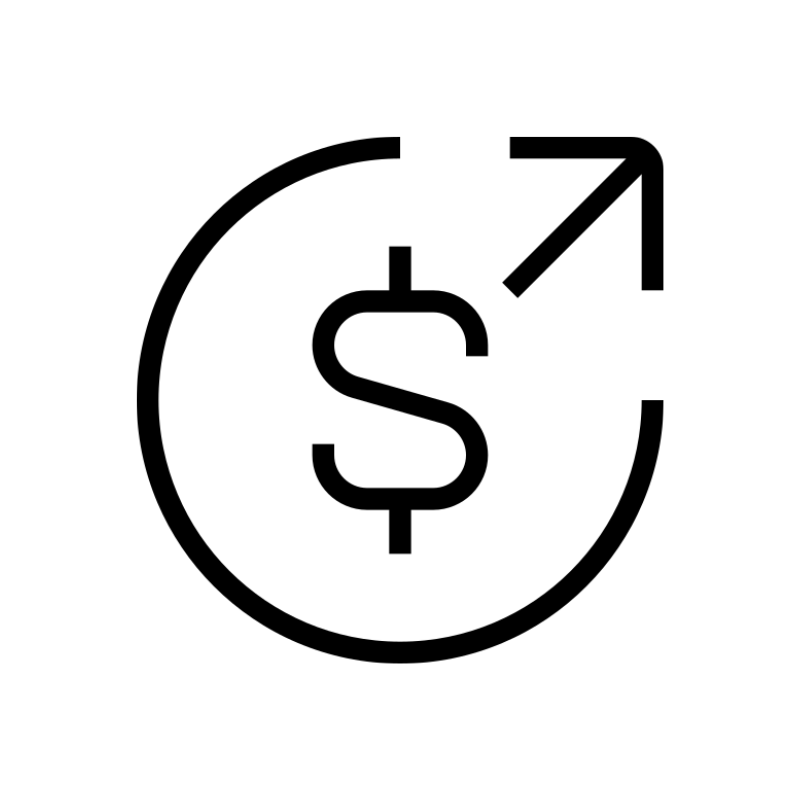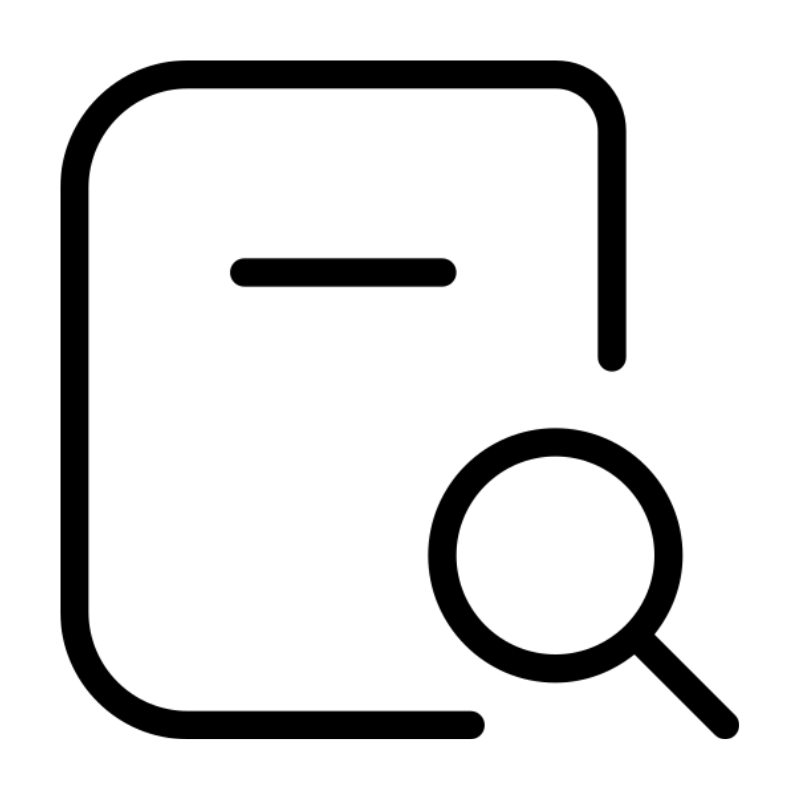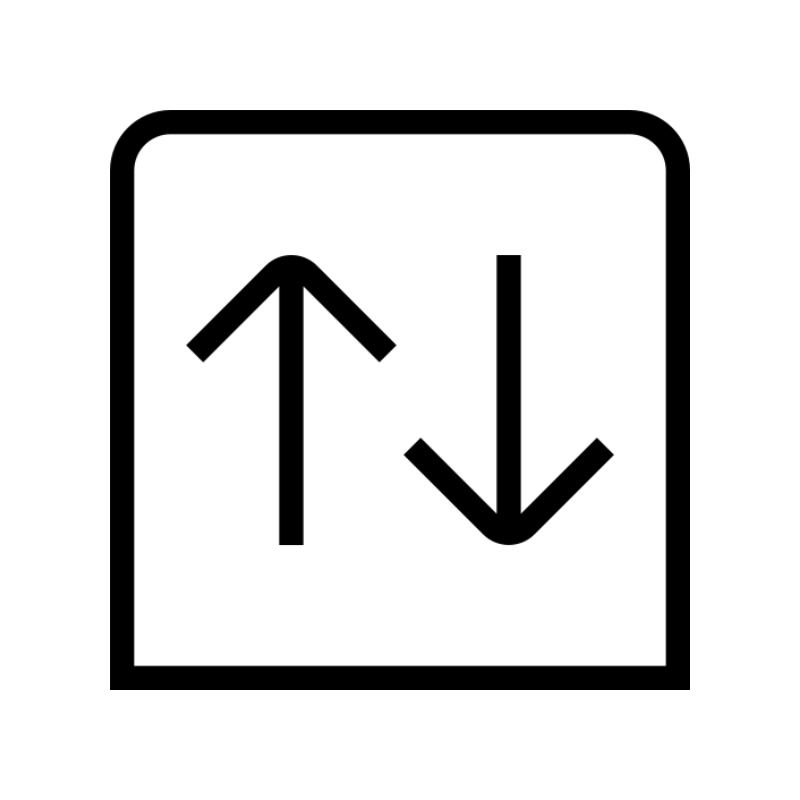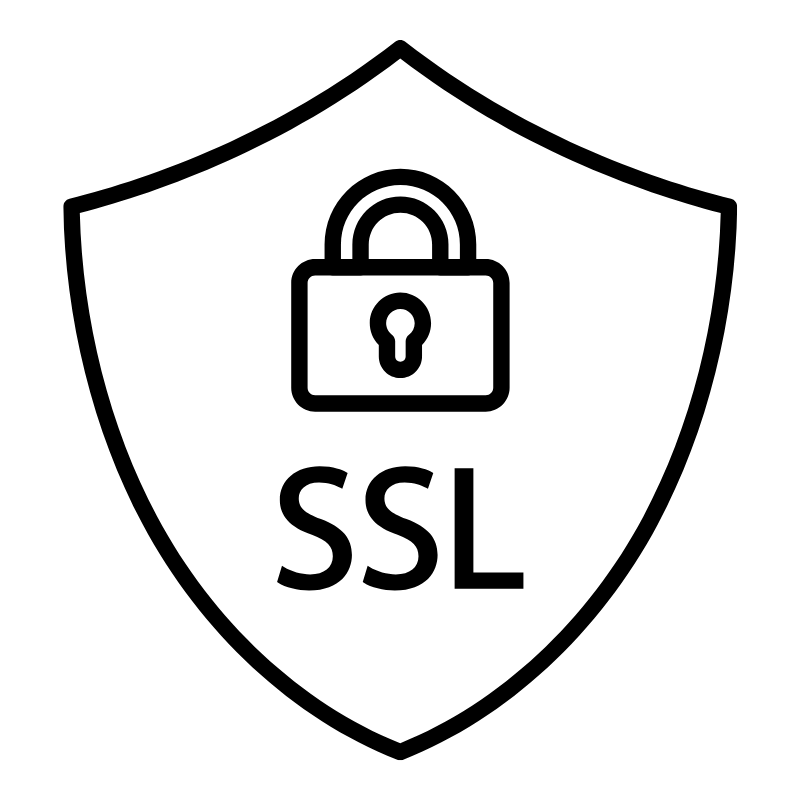Ever searched a domain name and landed on a fishy site?
Or have you ever been scammed by a website that appears to be your favorite brand? This is where UDRP comes in.
It stops scammers from using registered trademarks to manipulate people.
If you are a creator or a business, understanding the UDRP can help protect your website from digital hijackers.
In this guide, you will learn how the UDRP resolves domain disputes, including the procedures, costs, and limitations of the UDRP in case you encounter a domain dispute.
What is UDRP?
The Internet Corporation for Assigned Names and Numbers (ICANN) established the Uniform Domain -Name Dispute-Resolution Policy (UDRP) in 1999 to resolve domain name disputes.
Instead of addressing domain dispute issues, the UDRP resolves them. For example, if someone registers a domain in bad faith, the UDRP is an alternative to going to court.
Why Was UDRP Formed?
Cybersquatting In the Early Internet
In the 1990s, domain names became a valuable digital asset, and high-value domain names were up for grabs. Cybersquatting, therefore, became a trend in which individuals would register domain names associated with big brands before the actual companies did.
It was also a trend where individuals would demand huge payments for the real company to regain control of the domain. Additionally, such individuals used the domains to mislead and scam customers.
Gaps In Domain Disputes
Before the UDRP, there were limited options to reclaim domains in cases involving trademark issues. Businesses had to:
- Sue under infringement laws
- Negotiate with cybersquatters
- Have a difficult time following up with foreign countries in international cybersquatting cases.
- Pay off cybersquatters to have domain ownership.
All these options highlighted the need for a global solution to domain name issues, as court processes were effective but sometimes took too long to resolve the problem.
Additionally, there was a need for a solution in cases of cybersquatting and trademark conflicts that spanned international borders.
Furthermore, the expensive court processes highlighted the need for a standardized and more affordable alternative to resolve domain name issues.
UDRP Formation
ICANN established the UDRP in 1999 to address the increasing cases of cybersquatting, create a global solution for domain disputes that transcends borders, expedite domain dispute resolutions, and reduce the costs associated with expensive court processes.
Examples of cybersquatting issues that the UDRP can resolve:
- Typo cybersquatting, for instance, Googlee.com
- Brandjacking, where malicious individuals use a brand’s identity to scam people
- Holding domains hostage for profit
Who Does UDRP Serve?
There are specific guidelines that outline who is eligible to use the UDRP.
Trademark Owners
UDRP’s mission is to protect trademark owners against cybersquatting. Therefore, registered trademark owners who can demonstrate that the brand existed before the disputed domain registration can file a complaint with the UDRP.
Additionally, companies with strong brand recognition but no registration can utilize the UDRP in the event of domain disputes. However, unregistered brands must prove their case by providing evidence of customer recognition or long-term commercial use.
Celebrities can utilize the UDRP to protect their trademarks and brand names. For example, famous personalities such as Maddona and Paris Hilton have protected their names using registered trademarks in UDRP proceedings.
Other Exceptions
In cases where multiple parties have a dispute regarding a domain, they can use the UDRP to resolve the dispute. For example, co-branded businesses filing jointly.
Additionally, government agencies and non-governmental organizations can protect their names using UDRP procedures. In addition, exclusive licensees can file with the trademark owner’s permission.
Who Cannot Use UDRP?
There are domain dispute cases where UDRP cannot intervene; they include:
Businesses Without Trademark Rights
If you are a business or individual without trademark rights on a disputed domain, the UDRP cannot help you.
UDRP is primarily for the protection of businesses or individuals with established trademark rights in domain disputes. For example, a celebrity with no established trademark grounds on a domain name cannot use the UDRP to claim the domain.
Cases Without Bad Faith Registration
UDRP requires a complainant to prove that the domain registration was made in bad faith. Hence, it may not intervene in cases where:
- Domain registration was in good faith
- Disputes resulting from terminated business relationships
- Refusal of former business partners to transfer domain ownership
Business Dealings Disputes
If domain disputes erupt from contractual disagreements, sour business relationships, or some form of commercial arrangement, the UDRP cannot resolve them. Such disputes can better be handled under a structured legal system that addresses the underlying problem.
What Disputes Does UDRP Solve?
Proven Trademark Infringement Cases
UDRP solves cases where the contested domain has an unmistakable resemblance or is the same as the complainant’s trademark. For example, the domain google.com bears the exact name of Google.
Additionally, the UDRP can intervene when domains use a trademark name with the incorporation of additional words. For example, facebook-login.com has the name Facebook on it, but adds other words to the domain.
Absence of Legitimate Rights
A domain registrar should have a justifiable claim to a domain. Legitimate claims include:
- Using a domain name to run a fan site
- Having a general term that is not brand-associated
- Having a domain for a legitimate business
UDRP can intervene in cases where:
- Domain exploits consumers through fake e-commerce
- Imitation of official pages
- Domain extortion
Proof of Bad Faith
These are cases of registering a domain for malicious intent. Examples of cases where UDRP can resolve:
- The use of a mispelled version of a trademark to divert traffic
- Deceiving customers using fake sites and associating them with a known trademark
- Damaging a brand’s reputation using a domain
- Hijacking a domain name to extort money from a trademark
While UDRP is a fast and cost-effective solution for domain disputes, it features clear circumstances under which it can intervene. Hence, it is not a one-size-fits-all model.
Some cases involving domain conflict require established legal measures that are well-rounded and can solve underlying issues.
Furthermore, these limitations exist to enable the UDRP to be fast and inexpensive in resolving domain conflicts.
UDRP vs Court: Quick Comparison
| UDRP | Court Cases |
| Resolves with domain transfers or cancellations | Can give monetary awards for damages caused |
| Requires trademark rights | Resolves breach of contract and other underlying cases |
| No appeals | Allows appeals |
| Inexpensive | Can be very expensive |
How Long Does the UDRP Take to Resolve a Dispute?
UDRP resolves disputes within two months from the day of filing. The process of resolving the dispute involves:
- The trademark owner files the complaint through a UDRP-approved provider like WIPO
- Provider verifies if the complaint meets the basic requirements
- Notifying the domain registrar to lock the domain, and the domain owner receives a notice to respond
- Panel appointment for dispute resolution
- Panelists review the details and decide
- Implementation of the panelists’ decision
Why Is UDRP Faster than the Court
UDRP requires limited discovery where parties do not have to reveal as much information as in court cases. Also, UDRP does not award monetary compensation. It only allows domain transfer and cancellation, making dispute resolution quick and efficient.
The UDRP does not accommodate appeals that would result in the re-examination of cases. Additionally, it has experts with knowledge of trademark issues, making it easier for panels to review and resolve cases.
Can You Go to UDRP and Court?
UDRP does not limit any party to a dispute from going to court before or after it resolves a case. According to the UDRP policy under paragraph 4(k), any party maintains the right to submit the dispute to a court.
Trademark owners can have a domain cancelled by UDRP and still reserve the right to pursue legal action for damages. In cases where court proceedings begin before or during UDRP, the panel has the discretion to proceed or terminate the case.
For example, the UDRP can pause a case if a court is addressing the same dispute. Additionally, the UDRP can proceed with the case in instances where the court is addressing a different issue in the same matter.
Trademark owners can pursue a domain dispute using both means, depending on their interests. For example, a trademark owner can file a cybersquatting case to have a domain suspended under the UDRP more quickly than it would be suspended through court proceedings, and then pursue the case in court for monetary compensation.
Following a dual path allows trademark owners to:
- Resolve domain disputes within a short time
- Pursue further compensation, such as monetary payments
Costs Of UDRP Cases
There are varying costs for UDRP cases depending on:
- Number of panelists deciding on the dispute
- The number of disputed domain names
UDRP charges $ 1,500 for cases involving 1-5 domains with a single-member panel. If a complainant wants more than one panelist, they incur an extra cost.
In UDRP cases, only the complainant is required to pay the fee. However, if the respondent needs additional panelists, they may incur an extra cost.
Some UDRP providers, such as WIPO, require complainants to make full payment before processing the complaints.
Final Take On the UDRP
The UDRP promotes fairness on the internet by providing accessible, quick, and affordable domain dispute resolution. It is an ideal way to resolve issues related to cybersquatting, bad-faith domain registrations, or business impersonation.
UDRP follows established processes to resolve cases within 60 days. While it does not offer monetary compensation for domain disputes, it is a reliable means of pursuing domain cases.
Ready to put a digital stamp on your brand before someone else registers your brand’s domain name? Truehost SA offers budget-friendly domains starting at R50, with the best domain extensions that can appeal to any audience.
 Web Hosting
Web Hosting Windows HostingBuilt for Windows apps and websites – stability, speed and flexibility
Windows HostingBuilt for Windows apps and websites – stability, speed and flexibility Reseller HostingLaunch a hosting business without technical skills or expensive infrastructure
Reseller HostingLaunch a hosting business without technical skills or expensive infrastructure Affiliate ProgramRefer customers and earn commissions from sales across our platform
Affiliate ProgramRefer customers and earn commissions from sales across our platform Domain SearchFind and secure a domain name in seconds with our quick lookup tool
Domain SearchFind and secure a domain name in seconds with our quick lookup tool CO ZA Domains
CO ZA Domains All DomainsExplore domain names from over 324 TLDs globally – all in one place
All DomainsExplore domain names from over 324 TLDs globally – all in one place Free Whois Lookup Tool South Africa
Free Whois Lookup Tool South Africa VPS
VPS SSLs
SSLs